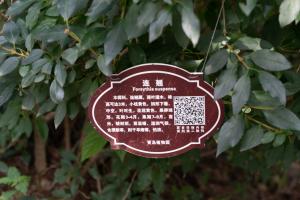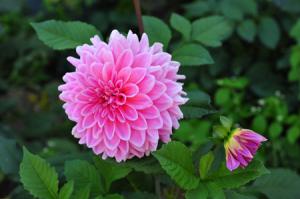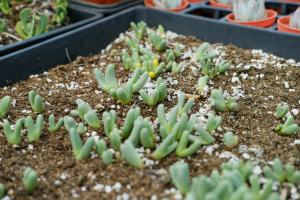How Much Water Surface Movement is Needed for a Planted Tank with Fish?
When it comes to maintaining a healthy and thriving planted tank with fish, water surface movement plays a crucial role. Oxygen exchange, nutrient uptake, and waste removal all depend on an adequate amount of water surface agitation. But how much water surface movement is needed for a planted tank with fish? Let's take a closer look.
The Science Behind Water Surface Movement
Water surface movement promotes oxygen exchange by allowing carbon dioxide to escape from the water and allowing oxygen to dissolve in the water. This is crucial for the health of your fish and plants, as they both require oxygen to survive. Surface movement also helps to distribute nutrients throughout the water column, ensuring that your plants receive the necessary resources for growth. Additionally, surface agitation can help to remove waste and debris from the water.
Factors to Consider
Several factors influence the amount of water surface movement needed in a planted tank with fish. The size of your tank, the number and type of fish, the number and type of plants, and the type of filtration system you use all play a role in determining the optimal level of surface agitation. A high-tech planted tank with CO2 injection and high lighting will require more surface movement than a low-tech tank without CO2 injection and low lighting.
The Ideal Amount of Water Surface Movement
As a general rule, a planted tank with fish should have moderate to high water surface movement. This will ensure adequate oxygen exchange and nutrient uptake while also promoting waste and debris removal. Depending on the size and complexity of your tank, you may need to adjust the level of surface agitation to achieve optimal results. A good starting point is to aim for 5-10 times the volume of your tank in water movement per hour.
The Best Ways to Create Water Surface Movement
There are several ways to create water surface movement in your planted tank. The most common methods include using a powerhead, air stone, or hang-on-back filter. Powerheads are particularly useful for creating a strong and directional flow, while air stones are great for creating a broad and gentle ripple. Hang-on-back filters are a popular choice among planted tank enthusiasts because they provide both filtration and surface agitation in one unit.
Conclusion
Water surface movement is a critical aspect of maintaining a healthy and thriving planted tank with fish. The amount and type of surface agitation needed will depend on several factors specific to your tank, but generally speaking, moderate to high surface movement is ideal. By using a powerhead, air stone, or hang-on-back filter, you can create the necessary water movement to ensure optimal oxygen exchange, nutrient uptake, and waste removal. With the proper amount of surface agitation, your planted tank with fish will flourish and thrive for years to come.

 how many times do yo...
how many times do yo... how many planted tre...
how many planted tre... how many pine trees ...
how many pine trees ... how many pecan trees...
how many pecan trees... how many plants comp...
how many plants comp... how many plants can ...
how many plants can ... how many plants and ...
how many plants and ... how many pepper plan...
how many pepper plan...






























